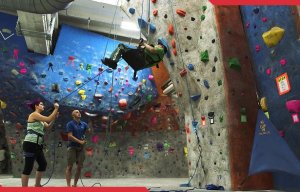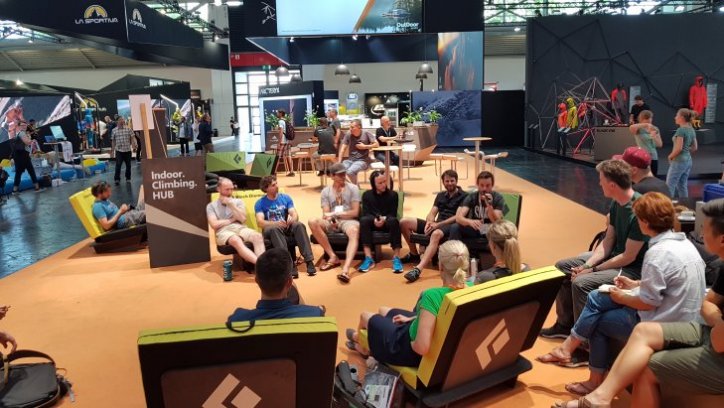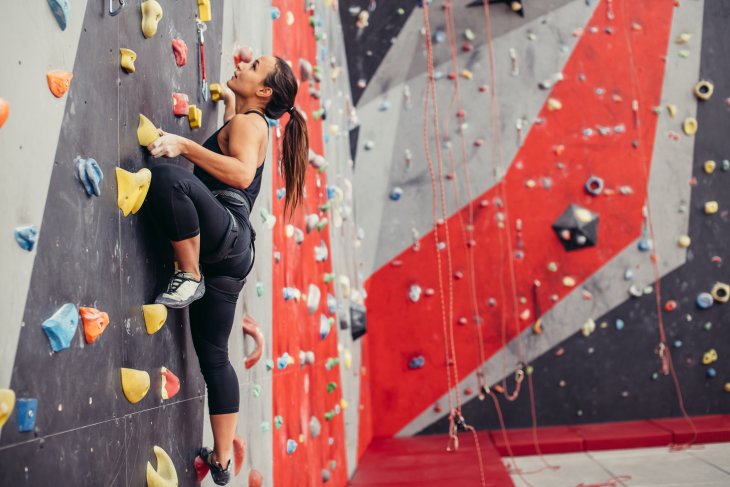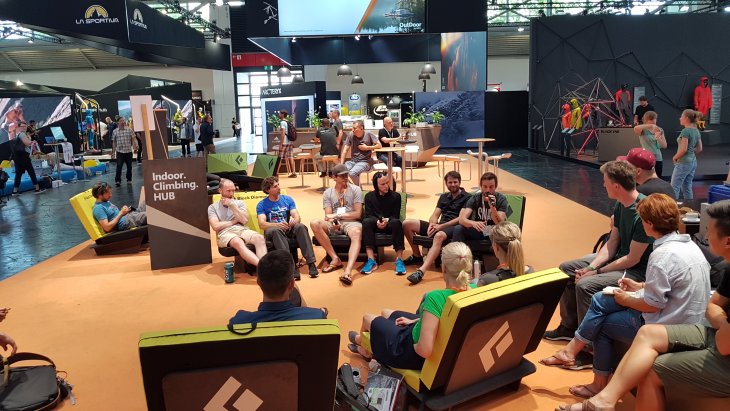
Polartec addresses need for inclusive apparel solutions for adaptive climbing
Everyone is talking about climbing, but the interaction between climbing gyms and brands is often still sand in the works.

15th August 2019
Innovation in Textiles
|
Munich

Everyone at OutDoor by ISPO agreed that we need more women in climbing. © Shutterstock
Everyone is talking about climbing, but the interaction between climbing gyms and brands is often still sand in the works. At OutDoor by ISPO 2019, which took place earlier this summer, industry experts discussed the potential for improvement.
“Because the boom in indoor climbing is a chance for the entire industry,” finds Grégoire De Belmont. “We can climb in the city, that's unique,” explained the person in charge of Arkose. Arkose is more than just a climbing gym concept, as Mr De Belmont explained at OutDoor by ISPO 2019. The label, founded in 2013, has understood what the new generation of climbers is all about: Friendly gyms, a safe sport, conviviality with beer afterwards and the right clothing and backpacks to match the urban lifestyle.
De Belmont, who has established 14 climbing and bouldering gyms including bistros, beer and clothing with Arkose & Co. within six years – does not understand why other hall operators or climbing brands find it so difficult to connect with the new community. For him it's clear: “Climbing can be the new surfing.”
The Frenchman is backed by Christian Lehmann from Black Diamond. For him it is certain that climbing gyms should cooperate much more closely with the brands, because: then “we can look our customers in the face in the climbing hall.”
One way to get your merchandise more easily to the customer would be a loving shop design, according to Ged McDomnhail. The Briton, CEO of The Climbing Hangar, throws impressive pictures on the wall: first of all from a stylish and very invitingly designed Adidas Urban Lifestyle Shop. Then in the next slide from a sports shop in a climbing gym: Lieblos. Unemotional.

Industry experts at OutDoor by ISPO 2019 discussed the potential for improvement in the climbing industry. © ISPO
“Something has to change if we want to inspire the new generation of climbers for the climbing brands. It certainly doesn't work with unimaginative shops,” according to Ged McDomnhail.
From Mr McDomnhail’s point of view, only two or three brands are interested in the generation of indoor climbers. He summed it up: “The new climbing community knows nothing about climbing brands - and the brands know nothing about the community.”
Unlike in the past, when climbing idols, such as Glowacz, Moffat, Hörhager, were the emotional drivers and climbing brands were promoted as a side effect, the new generation pursues completely different goals and follows different models. The urban environment is in the foreground and the leaders today are influencers, mostly from the sports, yoga or wellness sector. What they're wearing is interesting.
In many cases the climbing gym has become a cool fitness centre. On the other hand, training for the rock is sometimes a relic of the past. Björn Pohl, from Klättercentret Stockholm, took a clear stand: “We don't have to create new outdoor climbers but bring the new (indoor) climbers to the brands. We're the storytellers. We need to perceive the new climbing scene and explore what their needs are and what suits them.”
Ged McDomnhail agrees with this opinion and argues that the climbing outfits should also be made simpler.
Everyone agreed on one point: we need more women in climbing. At the moment, women are often still too masculine to respond to bouldering and the collections are often still very limited for female climbers. Grégoire De Belmont stated that in France the proportion of women in bouldering is only 25-30%. The situation is different with rope climbing, where 45-50% are female.
Adidas understood as a brand how to appeal to women. In the climbing segment, the company advertises exclusively with female climbers. Christian Lehmann, of Black Diamond, and Nathan Hoette, of Scarpa, also confirm that their companies are already increasingly relying on female ambassadors.

Business intelligence for the fibre, textiles and apparel industries: technologies, innovations, markets, investments, trade policy, sourcing, strategy...
Find out more